The following article is a talk by Dr. Daniel Gil-Benumeya, scientific coordinator of the Centre for the Study of Islamic Madrid and professor of the University Complutense of Madrid, at the I National Congress Desmontando la Islamofobia. The Congress took place in Malaga (Spain), last December 11th-12th, 2019, and it was organized by the Moroccan Association for the Integration of Immigrants.
Islamophobia, like racism in general, is usually understood as an ideological excess, an attitude problem in interpersonal relations. An attitude which is usually defined in terms of “intolerance” or “hate speech”. In this light, it is often linked to far-right political positions, which reproduce these narratives more explicitly. However, both Islamophobia and racism are usually manifested in less explicit discourses. For example, in public policies which criminalize beforehand the Muslim population (as it happens with the so-called “pre-emptive measures against radicalization”), or those that sustain a social division between citizens and non-citizens, between those who have rights and those who have not (as it happens with immigration laws). We need to take into account that racism is, above all, the normalization of a relation of power, and this is not possible without the effective participation of the public powers. As pointed out by different authors, the basic pillar of Islamophobia are the State institutions, no matter the political party that controls them or the discourse they rely on, if any. On many occasions, for instance, the policies producing and reproducing Islamophobia (such as security policies) rely on narratives and statements which are allegedly antiracist.
Both Islamophobia and racism are usually manifested in less explicit discourses.
On the other hand, there are Islamophobic and racist positions that sustain narratives that belonged, initially, to the Left. First, we need to point at the so-called postfacisms or “center radicalisms”, which rely on right-wing narratives (such as an inflamed nationalism) and left-wing narratives (for instance, laicism or feminism) against Islam and the Muslim population. On the other hand, there are left-wing movements that (re)produce Islamophobia: antireligious and laic movements, a part of the feminist movement, or the Left that supported the invasion of Iraq and Afghanistan, which wasn’t very common in Spain, but it is very active in other European countries.
We speak of Islamophobia and other forms of racism because it is important to take into account that Islamophobia is not merely a religious discrimination or an expression of hate or intolerance. It is an expression of racism, in the most structural and political sense of the term. That is, it is a form of social organization that has an impact in the access to rights and resources. This racism is twofold: firstly, it racializes the Muslim population, who is assigned a series of common characteristics and behaviors (such as “radicalization”); and, secondly, because many victims of Islamophobia are also victims of other types of racism, that is, they are not white people in racial terms (in Europe, they are postcolonial immigrants and their descendants).
Racism and Islamophobia in Spanish social movements
Antiracism in Spain has traditionally developed in a very limited field, with two important characteristics. The first one is that it has worked with an idea of racism based on moral terms: to be racist or not is a matter of personal conscience and education, of “tolerance” or “hate” against all that is different. Racism has not usually been understood as a structure of power but an attitude. The second characteristic is the idea that racism is linked exclusively to migration. Racism is always linked with “immigrants” (including their descendants, born and raised in Spain), which contributes to the reinforce the idea that it is not a problem that the Spanish society should consider truly its own. Islamophobia is an even more recent concept, and its presence in the agenda of social movements is almost inexistent. Initiatives in the fight against Islamophobia have also put its emphasis on the duality prejudice/tolerance. They have also understood Islamophobia as a problem of religious discrimination, which has probably contributed to the indifference shown by some laic social movements.
However, in recent times, Islamophobia and racial issues have acquired a greater importance on the narratives and practices of social movements. For different reasons. Firstly, the emergence of new non-white political agents (in terms of racial privilege): mainly people from migrant families, but also a gipsy community fully participating in the Spanish society, and who, contrary to most of the activists, experience racism themselves. These agents demand a greater centrality of the political issues that affect them. In addition, they can speak of these problems without being represented or objects of solidarity (as it usually happened with the victims of racism), becoming instead political subjects.
The second reason is that, in recent years, antiracism has become an ideological marker for the Left, as immigration, refugees, etc. became more important for the right and alt-right narratives. This can be seen, specially, on the agenda of social movements, which are a formal declaration of principles against its adversaries.
Lastly, there is also a greater effort to theorize (and therefore, politicize) the idea of racism and antiracism. These new antiracism activists do not present racism in moral terms (which can be potentially assumed from any political position), but rather in structural terms. This means that racism is understood as a form of social organization, which structures the whole of society and creates objective privileges and exclusions, without regard to the subjective positions each of us adopt. It is a “political antiracism” that incorporates a theoretical basis that is stronger than moral antiracism. However, it is also more uncomfortable and less easily adopted from a position of political neutrality, as it questions the established frameworks in greater depth. For example, immigration laws, border policies, and, by extension, the logic of the nation State, all have a racist component from an antiracism perspective, which is a complicated position for a civil society that admits or defends the conceptual framework of the nation State. It cannot also be assumed by institutions. In these structural terms, Islamophobia is approached as an extension of the people coming (them or their families) from Muslim majority countries, in order to explain neocolonial expansionist projects (in international politics), as well as the creation of forms of apartheid in the societies of the global North.
This politization of racism and Islamophobia has attracted a greater interest in these social movement’s issues, but it has also led to reactions and counter-narratives within them. We witness the emergence of Isalmophobic narratives coming from the Left in Spain, as it happens in other European countries and specially in France. They are narratives that rely on several approaches. First we find the laic activism. Although in Spain this is addressed mainly against the privileges of the catholic Church, it affects mostly minority religions (particularly Islam), mainly due to the weak structural position held by these religious confessions and its followers, and to the fact that their religious practices cannot be assumed as traditions.
Secondly, there is a part of feminism. In this regard, we need to take into account the emergence of new political agents of the Muslim family, which legitimate an Islamophobic narrative acceptable by all the political spectrum, from the Left (where they are usually positioned) to the far-right. These actors, mainly women, attack Islam as a block inherently oppressive and discredit both the opinions of Muslim men (considered to be interested in perpetuating this oppression), and Muslim women (considered to be aligned or accomplices of “Islamism”). Ultimately, they are presented as the only authorized voices to speak of Islam and women and their discourse is receiving an increasing attention. These narratives shared similarities with the Right and far-right, and especially with a narrative transversal to the whole political field, based on the critics of diversity and multiculturalism, the idea of rebelling against the “dictatorship of political correctness” and a certain anti-intellectualism or the claim to be saying “what everybody knows, but is afraid of saying”.
How do social movements contest Islamophobia?
A first measure stresses the need to understand the social importance of Islamophobia and racism and its connotations. It is not a problem affecting only the Muslim population or the religious practice.
A first measure stresses the need to understand the social importance of Islamophobia and racism and its connotations. It is not a problem affecting only the Muslim population or the religious practice. It is not only a problem affecting the foreign population. It is a project of global social organization with extended effects, for example, in the poor working conditions, the restriction of freedoms, the control over women’s bodies, wars and plundering in different countries, etc. It is another example of what Achille Mbembe calls necropolitics: the use of social and political power to dictate how people must live and how they should die.
The second measure refers to the need to understand that hate speech discourses are only the most evident expression of racism and Islamophobia, but not the only ones nor the most important. Racism is a relation of power, and, in this sense, it lives of the participation of the established powers, as well as the public policies. In fact, the real impact of racism and Islamophobia is more a consequence of the legitimate practices of exclusion, exerted neutrally and dispassionate, than of “hate speech”.
The third measure to take into account is the fact that Islamophobia is not only a type of religious discrimination, but also a religious discrimination. In this light, the idea of laicism needs to be revised in two ways. First, it needs to legitimate the right to have religious beliefs and practices, in the public and private sphere, individually and collectively. Secondly, the critic of the instrumentalization of religion as an element used to justify equalities and oppression is necessary, but its formulation has to include the believers, and not be carried out without them. This is particularly necessary in the fields of Islam and gender equality, one of the most sensible fields, where Muslim women are better positioned and informed than most of the media and political voices participating on the debate.

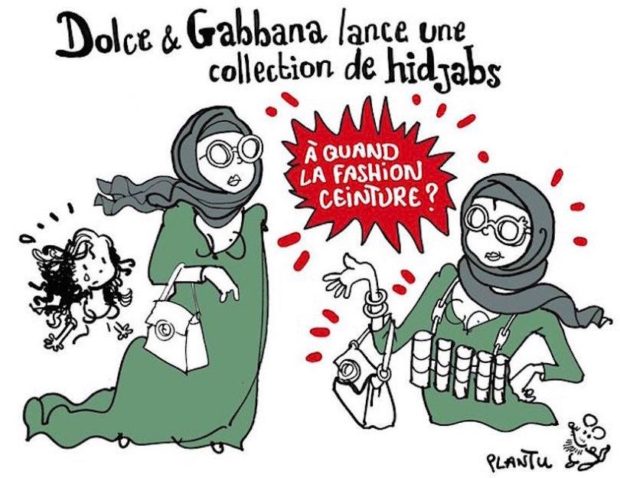
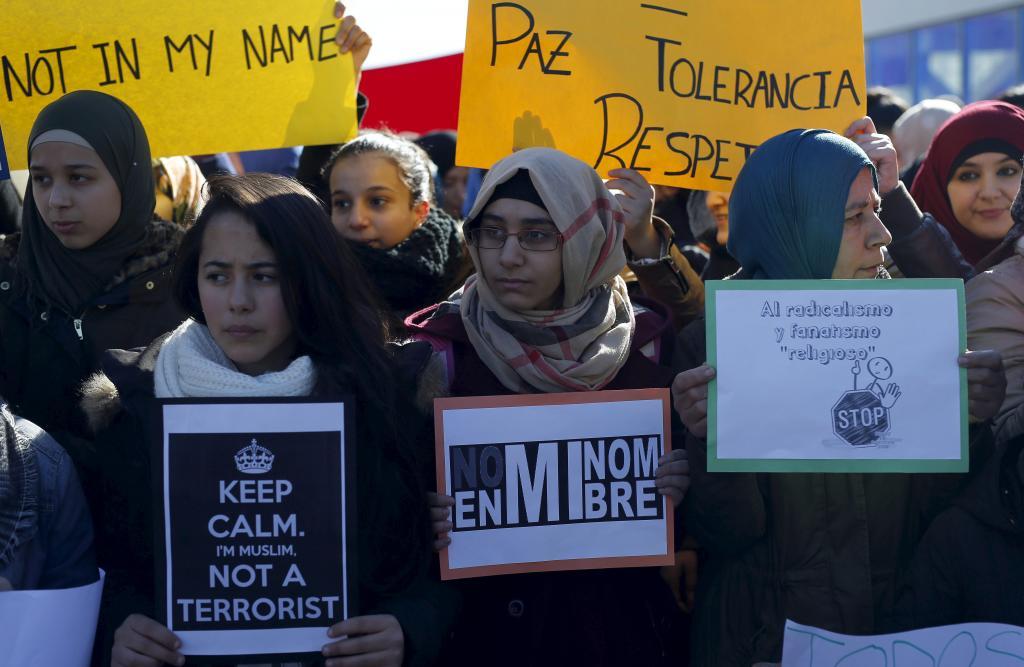
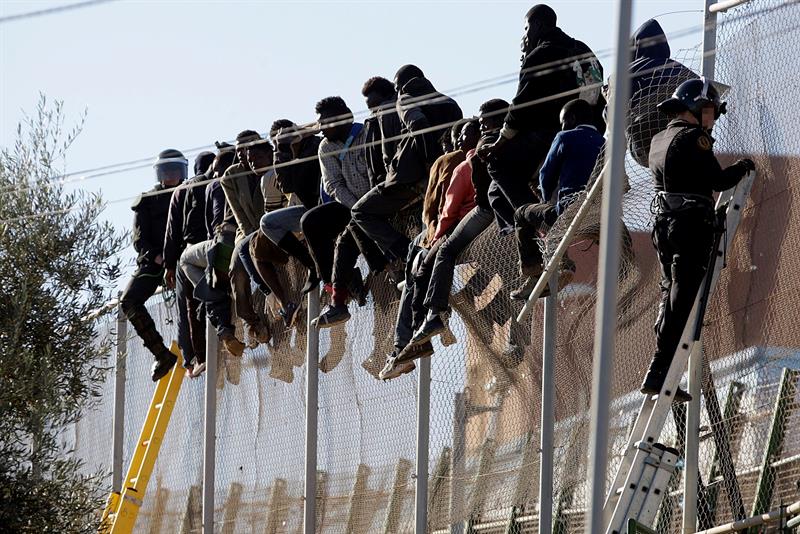
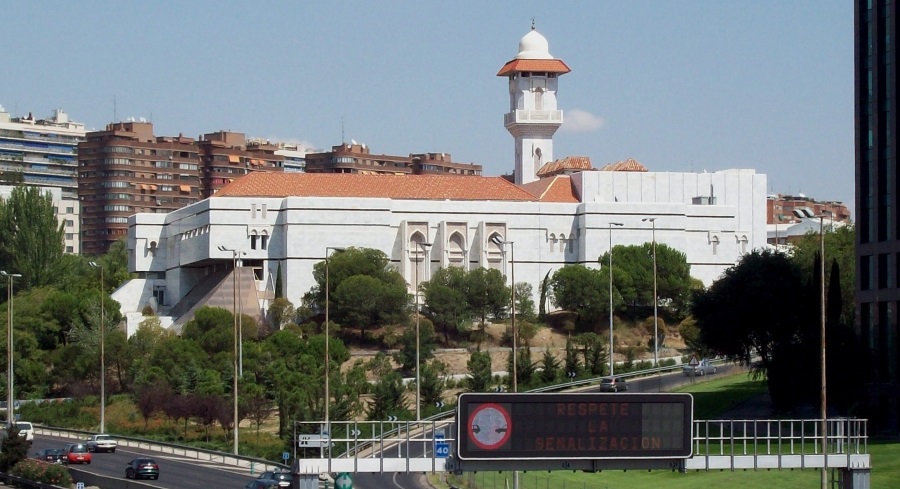

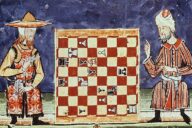
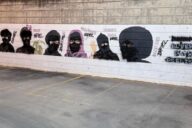










No Comments